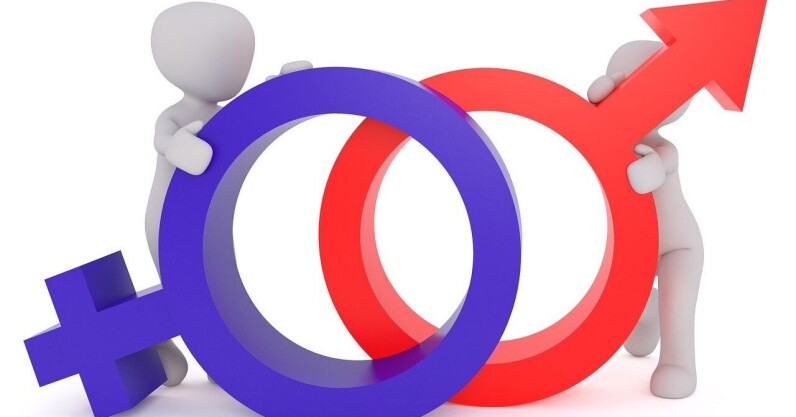

It’s been 66 years since the EU first introduced the principle of equal pay for male and female employees conducting work of equal value. Yet, the gender pay gap stubbornly persists in the bloc. Women earn, on average, around 13% less than men, with significant variations among member states. To narrow this gap, the European Parliament and Council recently approved a set of new rules that establish binding pay transparency measures. For the first time in the union’s history, this legislation also tackles intersectional discrimination (on the combined basis of ethnicity, race, religion, etc.) and addresses the rights of non-binary…
This story continues at The Next Web



